Contents
Scandi-style cabin in the North York Moors
There are days when a walk in the woods is the best option. This includes days when the cloud ceiling is barely above chest height and there is a rowdy wind driving the rain in your face. I am striding fast up Sandpit Lane near the hamlet of Thimbleby on the west side of the North York Moors. Charms of goldfinches, oblivious to the weather, are bouncing along the hedgerow. The land rises up and I reach the trees.
The effect is immediate: the wind disappears, silence falls and there are dry patches of pine needles under the Scots pines. When I turn and look back, there is a female deer tip-toeing along 50 metres behind me. I’m not the only one who wants shelter. I reach for my camera but she is gone, silently bounding uphill and vanishing into the russet gloom under the pines.
I start at Lark, a secluded Scandinavian-style cabin with twin brass bathtubs on the terrace and a log burner inside. The cosy interior is pine-panelled with minimal fuss and plenty of ingenious design features. Local milk, butter, eggs, biscuits and bread are provided. Outside, there’s a broad terrace with barbecue, plus a woodland pond and campfire spot. Thimbleby itself is no more than a clutch of honey-coloured stone houses with red roofs.
The first half mile of this walk is on road going south, but traffic is scarcely a problem. I see a quad bike carrying a hooded figure and a muddy dog. Back in the woods, there are moments of route-finding indecision. This is an old plantation, and patches of clear felling have blocked the paths in some spots, forcing detours. But I stick with it and there is much to enjoy: a patch of mushrooms … chanterelles? Closer inspection is inconclusive, and that’s a word that you don’t want to hear before you cook up your fungi. I leave them alone.
The path emerges at a thicket where pheasants are being reared, then dives back through the woods, crosses a footbridge and merges with the Cleveland Way, finally reaching the attractive village of Osmotherley on the edge of the national park – all stone cottages, narrow ginnels and grassy banks. It grew with the linen industry and retains a prosperous look.
Soaking-wet walkers, a common sight, are well catered for with several pubs, a fish and chip shop and an excellent cafe, the Coffee Shop, which has great homemade cakes and comfortable chairs. It’s a mile back home through parkland dotted with trees and rare-breed sheep.
Lark sleeps two adults and two children from £220 a night, aplaceinthepines.co.uk
Kevin Rushby
Glamping and cycling in the National Forest
I always feel that the National Forest is Britain’s biggest secret. When I mention it to friends, few have any idea where or what it is. I discovered it while researching a book about slow family travel, and was soon entranced by what is one of Britain’s biggest rewilding success stories.
This partially human-made, purposefully planted forest, which straddles parts of Derbyshire, Leicestershire and Staffordshire, has transformed 200 square miles of coalmines, clay pits and heavy industry into swathes of green – a mosaic of trees, wetlands and grasslands. Since its inception in 1991, 9.5m trees have been planted and forest cover has increased from 6% to 25% (the aim is to reach 33%, linking the ancient forests of Needwood in Staffordshire and Charnwood in Leicestershire).
I have spent many days exploring the forest with my kids on well-marked trails. Autumn – and October half-term in particular – is a good time to visit, as the trees turn to fiery hues and you can walk for hours and hardly see anyone else.
One of my favourite places to stay is Dandelion Hideaway, a few miles from Market Bosworth on the edge of the forest and 13 miles east of Leicester, which offers vintage-inspired glamping. My kids love disappearing into the spinney behind the tents to find the nature hide, and building dens (during school holidays there are forest school days, too). Hastings Retreat in the heart of the forest is another good option for colder weather, with self-catering barns.
The 75-mile National Forest Way links all the major attractions, and I often bike the trails around Hicks Lodge: the National Forest Cycling Centre. Conkers is a much-loved family attraction with rope courses, archery and canoeing. Greenwood Days runs woodland workshops (my slightly wonky rolling pin felt like a great achievement).
I love hunting out the six Noon Columns, oak sculptures designed by David Nash dotted around the forest, with slots carved to let the midday sun shine through. Visitors can also help to plant trees and become part of this epic rewilding project (next session 26 Oct).
Canvas cottages sleep six at Dandelion Hideaway from £525 for a weekend in October. The Bull Pen at Hastings Retreat sleeps four from £80 a night.
Jane Anderson
Farmhouse and forest trails in the Scottish Highlands
From the village of Nethy Bridge in the Cairngorms national park, a rough track traces the edge of the Abernethy Forest to the Dell of Abernethy. A string of lanterns and a glimpse of a tipi through the trees shows we’re in the right place. This old rambling farmhouse was originally built for a local forester, and the beech, lime and oak trees he planted still stand. Owners Polly and Ross Cameron are the third generation of their family to live here, and gradually they have transformed the farmhouse into six beautifully tranquil places to stay – ideal for exploring the woods. We’re in Dell Cottage, and it’s perfect for two, with vintage furniture, contemporary art, a living room with a fireplace and a claw-foot bath in the bathroom.
We’ve timed our visit to catch one of the sporadic pop-up supper clubs, and spend the evening in a woodland tipi festooned with lights: it’s a magical experience. The Dell hosts intimate acoustic gigs and suppers throughout the year, and on Fridays the tipi becomes the Gather Inn, a forest pub with live music and a pizza van (until 1 Nov). Self-catering is made easy with the little Dell Grocer on site, and former chef Polly keeps the freezer stocked with homemade meals. Well-marked forest trails start right from the garden gate. In autumn, before the snow, the trees are at their most beautiful, as the fiery hues of the birch, oak and hazel contrast with the deep green of the old pines. From here you can walk the Ryvoan Pass to the green waters of An Lochan Uaine and its remote bothy, or follow shorter loops through the forest.
I follow a long, winding path carpeted in pine needles into Abernethy Forest, one of the largest remnants of the ancient Caledonian pinewood, looking for red squirrels and the last of the bilberries. I take it slow, listening on my headphones to the Dell’s meditative soundscape, and stop now and then to listen to the birds, too. In November, the Dell hosts a “wintering” retreat, with four days of yoga, meditation, open fires and mountain views. I can think of no better place to mark the changing of the seasons and catch my breath.
The Dell of Abernethy has cottages for two from £175 a night
Ailsa Sheldon
A historic home ideal for walkers, Powys
When the roll call of great oak trees is made, the emphasis is always on the massive girth of whichever chosen goliath. What rarely gets mentioned is the surrounding wood, the supporting cast, but that is a significant part of the picture. Up in the hills of Powys, north of Newtown, the Gregynog estate has a spectacular 303 hectares (750 acres) of woodland with many fine specimen trees.
In the first half of the 20th century, Gregynog was a prosperous historic home owned by two wealthy sisters, Gwen and Daisy Davies, who filled it with art and celebrities – Gustav Holst, Nancy Astor and George Bernard Shaw all stayed – but it fell on hard times and is now run by a trust that is valiantly getting it back on track.
Double rooms in the courtyard buildings are simple and unadorned, but handy for walks and organised musical events (the house retains an arts centre ethos). For those who can muster a group of 20, the great house has four-poster beds, fine views and, reputedly, a wardrobe that is a portal into another world.
Don’t expect a perfect National Trust-style home, however – this is a work in progress and your stay is a contribution. There are some wonderful artworks, architectural features and stately views, but also some ugly institutional additions (it has been a second world war hospice, a university annexe and a conference centre). Surprises are a speciality: Edward Elgar played the organ in the hall, and a Velázquez turned up in a side room a few years ago, sadly before the charitable trust took over (its sale could have gone towards the £5m it needs for the roof alone).
after newsletter promotion
Outside, down past redwoods and giant rhubarb, is a lake. After visiting Claude Monet at Giverny in Normandy, the Davies sisters brought home several lily paintings and had a replica pond dug, complete with a “painting pavilion”. It’s a little overgrown these days, but still worth bringing your watercolours for. Uphill is the Warren, where the sharp-eyed might spot woodpeckers and nationally rare goshawks, and there are great views.
For a longer hike, keep going south to Bwlch-y-Ffridd and loop back past the walled garden (under restoration) to the front of the house. Clamber through the outer curtain of foliage and enter a magical forest that is all one tree, the many drooping side branches having taken root. In summer, pied flycatchers dance around its crown.
Behind the house, heading up the hill and passing a white cottage, you will eventually see a semi-derelict Welsh wooden longhouse. Opposite this is the start of the Great Wood, where there is a 500-year-old oak, as gnarled and haggard as any, but still growing. This specimen is the Welsh entry for the Woodland Trust’s tree of the year competition. Behind it, however, is the real magic: an entire forest of oaks of similar vintage, some straight, others twisted and hollowed. When the Industrial Revolution hit Britain, many places like this were either felled or blasted by pollution. Gregynog, tucked away from modernity, survived.
Gregynog Hall has doubles from £95 B&B, gregynog.org
KR
Pods amid the pines in Suffolk
There be magic in these woods. A bit Tolkienesque, a little Tinker Bellish. Hidden in a leafy dell, adjacent to King’s Forest, West Stow Pods is a place where ordinary folk can play at living in fairytales.
I’d walked to the Suffolk village of West Stow from Bury St Edmunds station along the Lark Valley Path, a restful eight-mile trail through trees; sightings included a flash of kingfisher. At West Stow I was staying in Wulfrun, a wooden “mega pod” with a deck beneath the boughs and a kitchenette, a small lounge, a shower and a bed all tucked in. That evening I sat outside, listening for owls, staring into a darkness unpolluted by light. Then I huddled under cover as rain began to patter the roof.
Ideally, I’d have bagged Pod Hollow, the site’s recreation of a Hobbit house (which it can’t officially be called). Hewn into the side of a grassy knoll, it is, says the blurb, “a home fit for any of Middangeard’s hairy-footed homunculus [sic]”, with circular rooms and round windows. Alas, it was occupied. But I did see the “Peter Pan Tree” outside, a magnificent old Scots pine whose exposed, twisty roots look like a palace for pixies. When visiting the nearby schoolhouse in the 1890s, author Author JM Barrie reportedly made a sketch of it when visiting the nearby schoolhouse in the 1890s.
However, this is by no means the area’s only inspiring tree. West Stow sits at the south of the Brecks, one of the UK’s oddest landscapes: a “broken land” of chalk and sandy soil, acid grasslands beloved by rare species, strange glacial “pingo” ponds, unique lines of twisted pines and the largest lowland forest in Britain. The area was planted in the 20th century to beef up timber reserves; now, it’s a great place for woodland adventures.
From West Stow, I went for a morning run in the forest. The quick-draining earth means minimal mud year-round and a soft outing for the knees. It also meant scurrying with squirrels and a good dose of green therapy. And there are historic nuggets everywhere, from Beeches Pit – the earliest evidence of the use of fire in Britain, dating back 450,000 years – to tank ruts created during training for the first world war.
The best bit, though, is West Stow country park’s Anglo-Saxon village. The site, first excavated by Basil “Sutton Hoo” Brown, was used from the Mesolithic to the late medieval era, but most important are the remains of 69 sunken feature buildings dating from as early as AD420. Here archaeologists have used Anglo-Saxon tools to build various “best guess” reconstructions over the years to see what works.
“We are a big archaeological experiment,” said heritage officer Stephanie Paull, showing me into the buildings, each with its unique stab at historical accuracy. “I was blown away when I first came. It was the idea that this was the beginning of a new cultural shift, people negotiating new identities. But it’s also the atmosphere. It’s so peaceful, and provokes so many questions. It’s like nothing else.”
Mega pods cost £84 a night, Pod Hollow from £210, weststowpods.co.uk. Entry to West Stow Anglo-Saxon Village is £7, weststow.org
Sarah Baxter
Off-grid in deepest Sussex
If going properly off-grid conjures up images of wind-lashed Scottish peninsulas or deepest Dartmoor, this glorious eco-retreat in East Sussex, just 10 minutes’ drive from East Grinstead, proves the opposite. The passion project of Charles Hooper and Lisa Aitken, Forest Garden is a carefully created woodland ecosystem, with a mix of common and rare plants, with trees and shrubs that support and sustain each other to create a natural, holistic retreat.
The four wooden cabins, filled with sturdy, vintage pieces, wall hangings and woven rugs, come with working stoves, wooden decks and log burners that keep the small space warm even in the coldest months (Forest Garden is open all year). A fixed wooden ladder leads to the mezzanine sleeping space, with a double bed tucked under the eaves and a sofa bed below. Each cabin sits in its own small clearing, along with two yurts: Savannah, which sleeps four, and the Kushti yurt, a traditional Mongolian ger with a wood-burning stove, sleeping two.
The cabins and yurts have no bathroom facilities – toilets and showers are in the main building – but it’s a small price to pay for such a complete feeling of escape.
In keeping with the overall ethos, there are workshops on traditional skills, including green woodworking, forest bathing and beekeeping, along with yoga weeks and retreat weekends dotted throughout the year.
But the biggest draw is Forest Garden itself: it’s a natural playground for adults as much as children, with footpaths into unspoilt countryside and a new wooden sauna cabin to toast in before or after a cooling dip in the natural pond. At night, fires crackle, the stars are breathtaking and breakfast can be ordered, with ingredients from Charles and Lisa’s own kitchen garden.
If the real luxuries in life are peace, space and natural beauty, Forest Garden is a five-star destination.
Cabins sleeping four from £118, yurts from £98 a night, based on a four-night stay (forestgarden.info).
Annabelle Thorpe

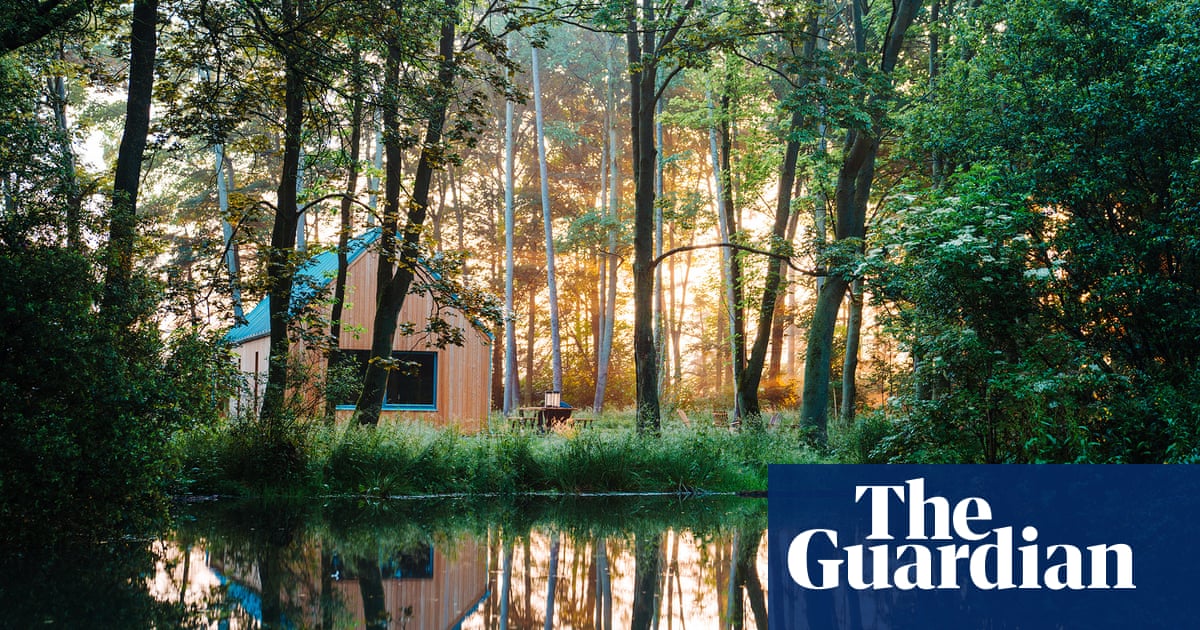
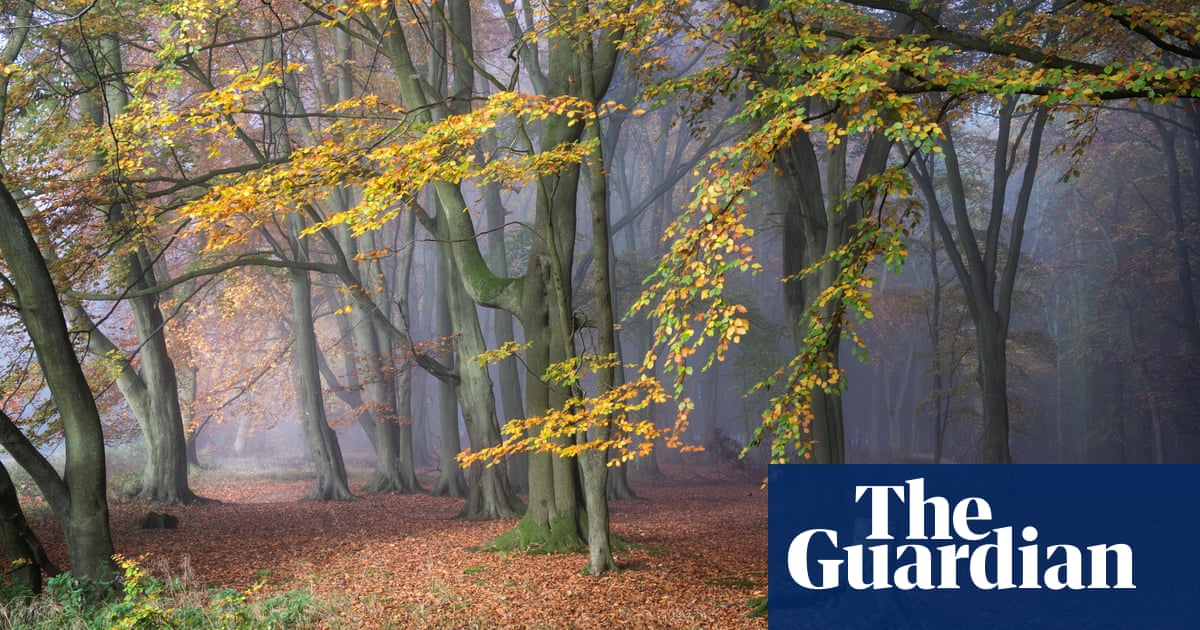

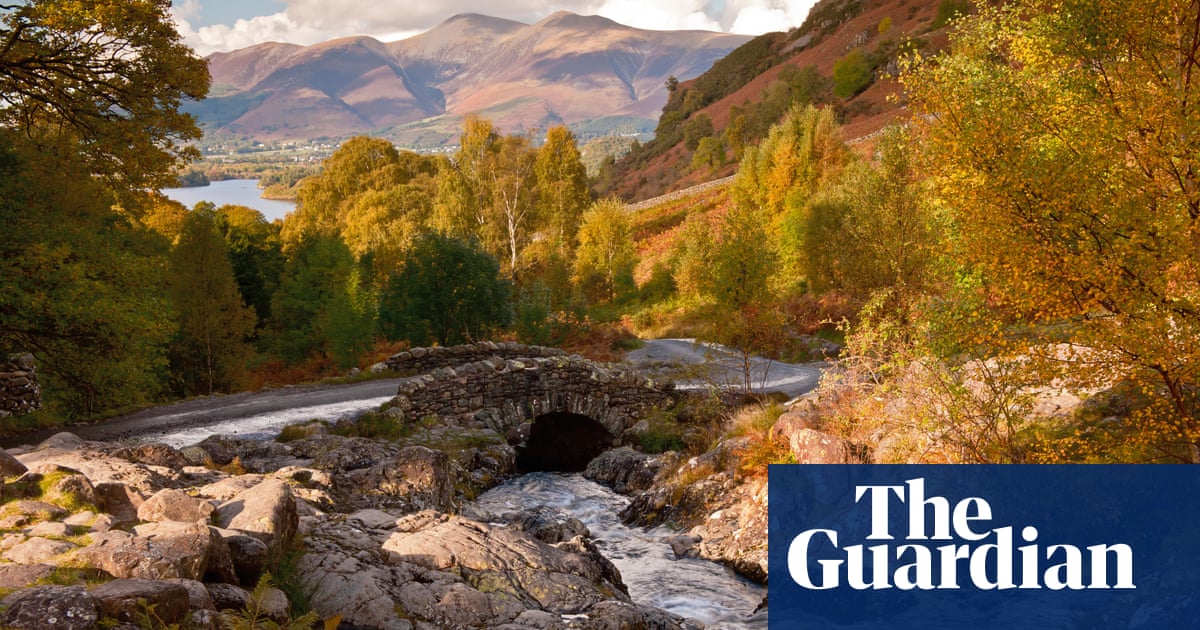



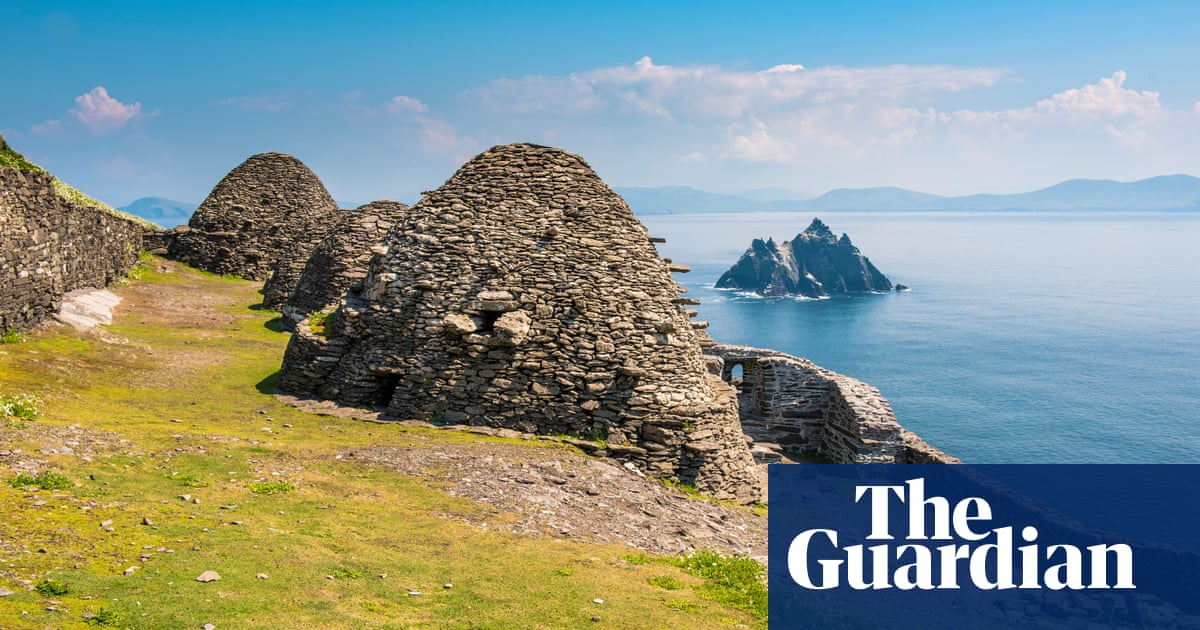
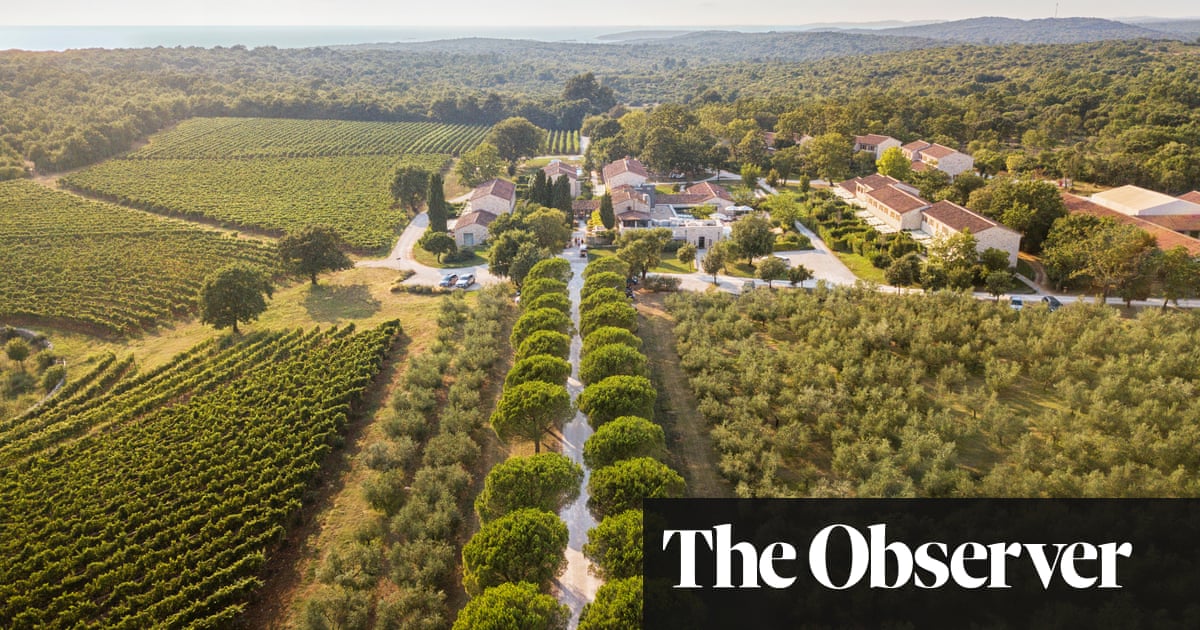






Leave a Reply